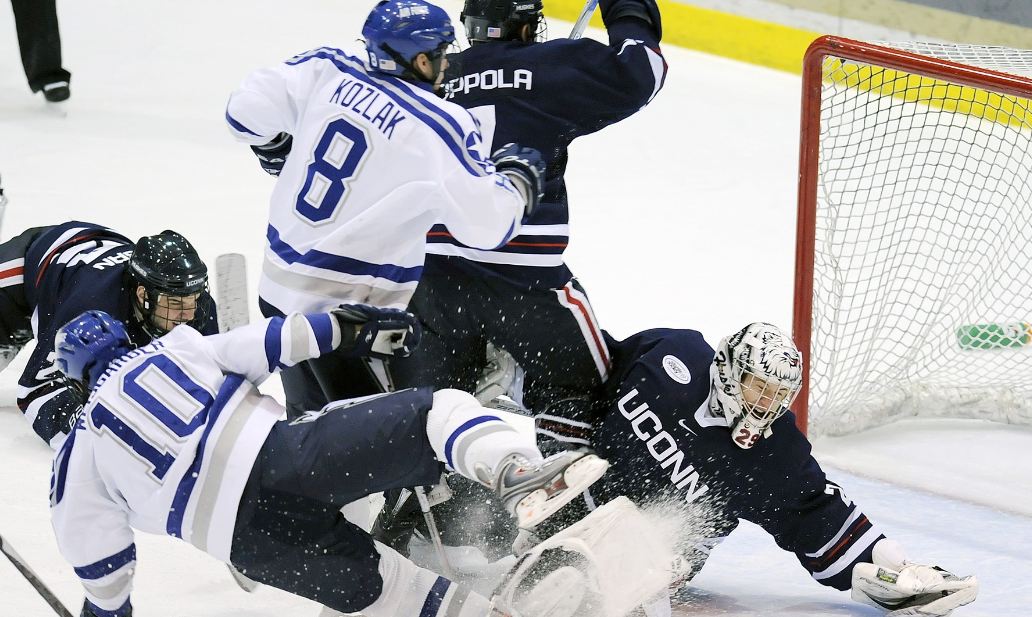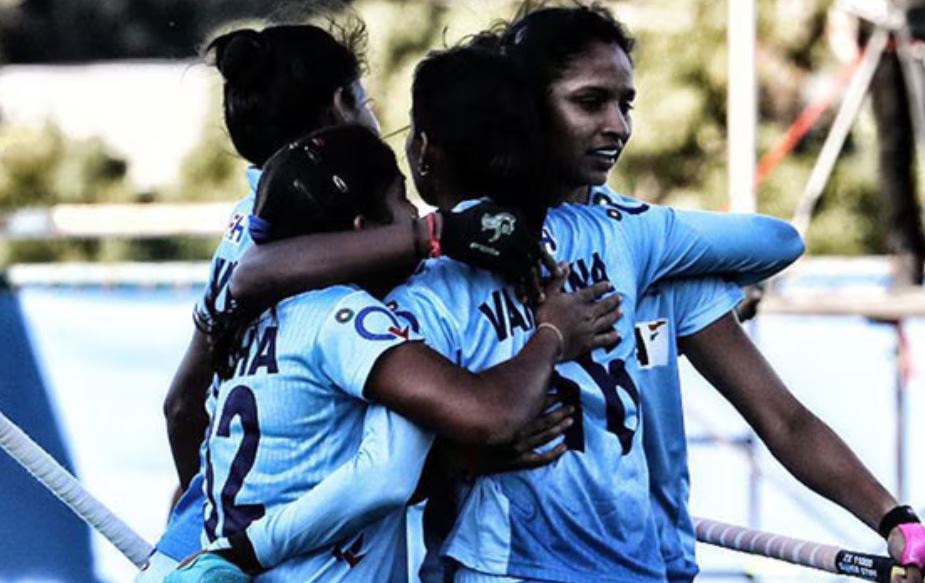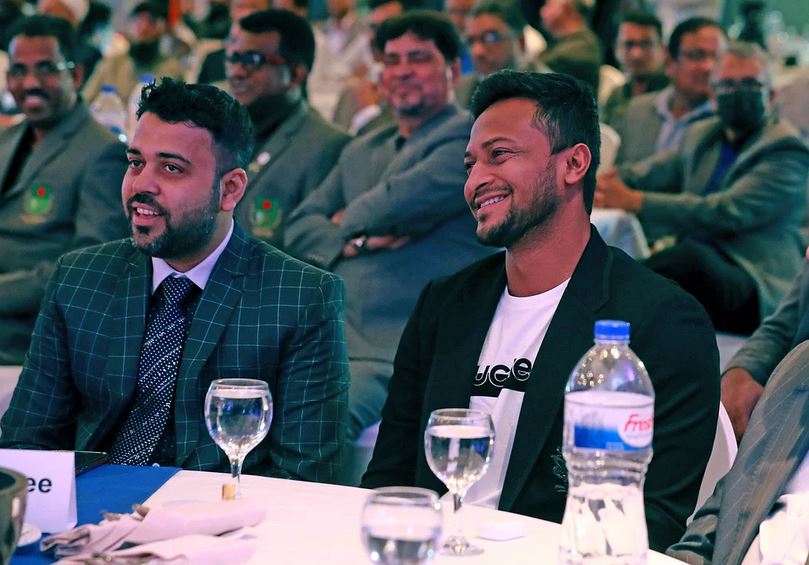Why is fighting allowed in hockey but not other sports?

Fighting has long been a controversial aspect of the sport of hockey. While many other sports strictly prohibit physical altercations, fighting has been woven into the fabric of hockey culture. The sight of two players dropping their gloves and engaging in a fistfight on the ice is both captivating and perplexing. The historical context, the psychology, and the arguments surrounding fighting in hockey.
Historical context of fighting in hockey
To understand the reasoning behind fighting in hockey, we must first look at its historical roots. Fighting has been a part of the game since its early days, dating back to the 19th century. In the early years of hockey, there were minimal rules and regulations, allowing players to engage in physical confrontations without repercussions. As the sport evolved, fighting became ingrained in the culture of the game, seen as a way to defend teammates, intimidate opponents, and energize the crowd. Over time, fighting became an accepted and expected aspect of the sport.
The role of fighting in hockey culture
Fighting in hockey is deeply rooted in the culture of the sport. It is seen as a way to maintain the balance between skill and physicality on the ice. The intense physical nature of the game often leads to heightened emotions and tensions among players. Fighting is viewed as a way to release these emotions and settle disputes, acting as a form of self-policing on the ice. It is also believed to deter cheap shots and dangerous plays, as players know there may be consequences in the form of a fight.
Fighting in hockey is also celebrated by fans, who often see it as a thrilling spectacle. The roar of the crowd during a fight can be electrifying, creating an atmosphere of excitement and intensity. For many fans, fighting is an integral part of the hockey experience, adding an element of raw emotion and unpredictability to the game.
The psychology behind fighting in hockey
The psychology behind fighting in hockey is complex and multifaceted. It taps into primal instincts and the concept of aggression. Some argue that fighting serves as a cathartic release for players, allowing them to vent their frustrations and channel their aggression in a controlled manner. It can also serve as a way for players to assert their dominance and establish their presence on the ice.
Additionally, fighting in hockey has been linked to a sense of camaraderie and team bonding. When players see their teammates engaged in a fight, it can ignite a sense of unity and motivate them to play harder. The adrenaline rush that comes with a fight can also boost energy levels and increase focus, potentially enhancing performance.
Arguments for allowing fighting in hockey
Despite the controversy surrounding fighting in hockey, there are arguments in favor of its allowance. Proponents argue that fighting serves as a form of self-regulation, allowing players to police themselves and discourage dangerous plays. They believe that removing fighting from the game would lead to an increase in cheap shots and dirty plays, as players would no longer fear the consequences of physical altercations.
Furthermore, supporters of fighting in hockey argue that it adds an exciting and unpredictable element to the sport. The adrenaline rush that comes with a fight can electrify the atmosphere in an arena and keep fans engaged. They believe that removing fighting would detract from the physicality and intensity that makes hockey unique.
Arguments against allowing fighting in hockey
On the other side of the debate, there are strong arguments against allowing fighting in hockey. Critics argue that fighting promotes violence and sends the wrong message, especially to young fans who may idolize the players. They believe that the sport should focus on skill and athleticism rather than physical altercations.
Another key concern is player safety. Hockey is a fast-paced and physically demanding sport, and fighting only increases the risk of injuries, both short-term and long-term. Concussions and other serious injuries are common in fights, and the long-term effects can be detrimental to players’ health.
Comparisons to fighting in other sports
One question that often arises is why fighting is allowed in hockey but not in other sports. The answer lies in the historical context and cultural norms surrounding each sport. Hockey has a long-standing tradition of fighting, which has been ingrained in the culture of the game. Other sports, such as football and basketball, have different rules and expectations regarding physical altercations. The consequences for fighting in these sports are generally much harsher, including ejections, suspensions, and fines.
The impact of fighting on player safety
Player safety is a paramount concern in any sport, and fighting in hockey raises legitimate concerns. The physical nature of the sport, combined with the risks associated with fighting, can have serious consequences for players’ well-being. Concussions, broken bones, and other injuries are all too common in fights. The NHL and other governing bodies have taken steps to address player safety, implementing rules and penalties to discourage fighting and protect players.
The NHL’s stance on fighting in hockey
The NHL has taken a somewhat nuanced approach to fighting in hockey. While the league does not condone or encourage fighting, it has not outright banned it either. The NHL recognizes the historical and cultural significance of fighting in the sport, but also acknowledges the need to prioritize player safety. In recent years, the league has implemented stricter rules and penalties for fighting, including automatic ejections and suspensions for certain types of altercations.
Conclusion: The future of fighting in hockey
As the sport of hockey continues to evolve, the future of fighting remains uncertain. The debate surrounding its place in the game will likely persist, with arguments on both sides of the spectrum. The NHL’s efforts to prioritize player safety while still respecting the cultural significance of fighting demonstrate a delicate balance. Ultimately, the future of fighting in hockey will depend on the continued evaluation of player safety, fan preferences, and the evolving values of the sport.
CTA: Whether you support or oppose fighting in hockey, it is clear that this aspect of the sport sparks passionate debate. If you have thoughts or opinions on the matter, we encourage you to share them in the comments below. Let’s continue the conversation and explore the intriguing reasoning behind fighting in hockey.





